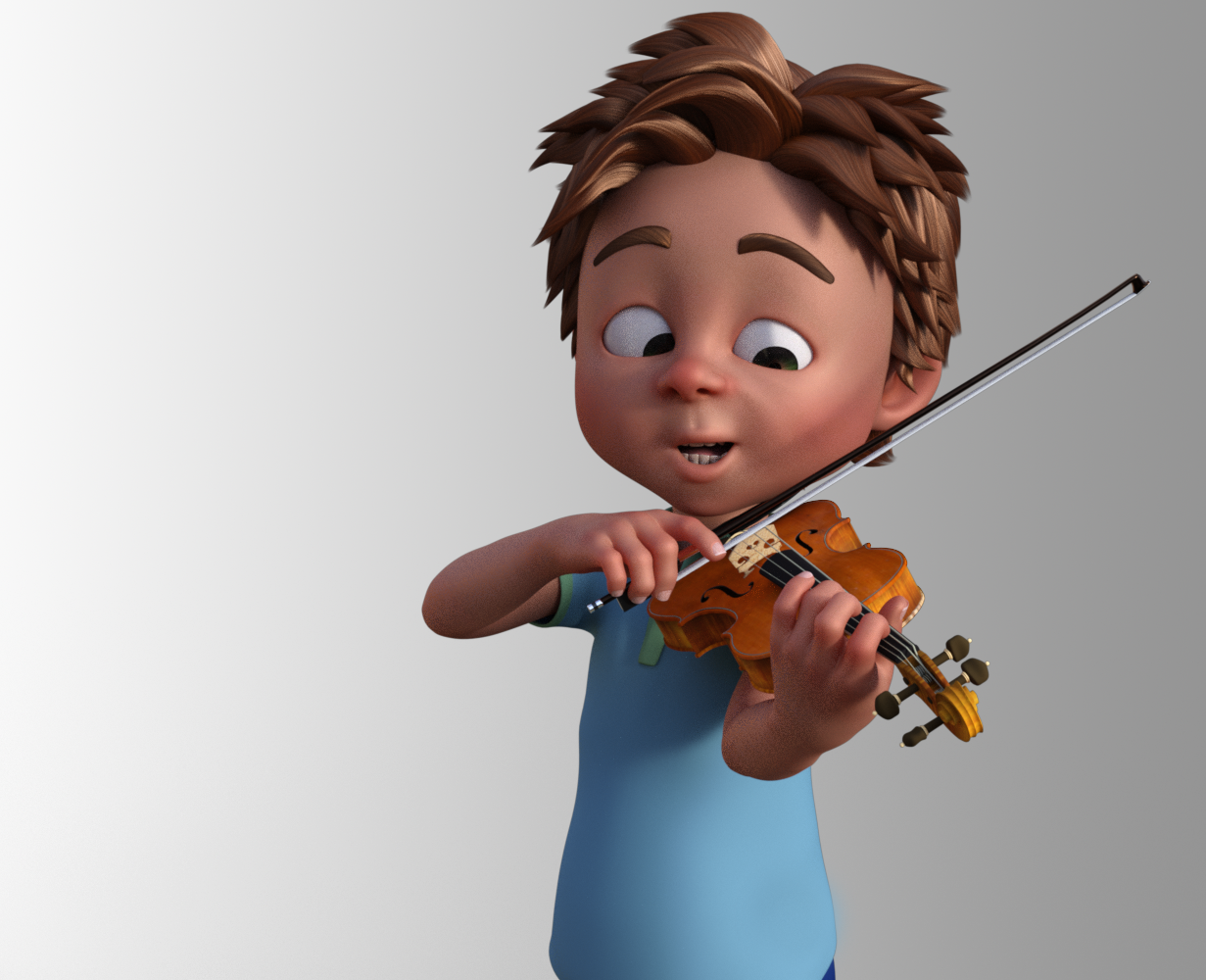Mexican Hat Dance for Violin and Piano – arranged by Fiona Vilnite
A mixture of two traditional Mexican tunes – “La Rapsa” and “Jarabe Tapatío,” this arrangement is designed to be played in 1st position, so that it can be played by violinists of all standards. It can also be a fun addition to the beginning violinist’s repertoire.
The YouTube video of the Mexican Hat Dance for violin includes the performance with close-up of the left-hand and play-along accompaniments at three different speeds. All versions include the sheet music score.
Practice tips!
The first note provides an introduction to the piece. There are three instructions indicated on the score about how to play it: sfp, tremoloand crescendo.

“Sfp” (= sforzando piano) (italian) is a dynamic indication – that is, how loudly (or softly) the note should be played. Sforzando literally means “accented,” whilst pianomeans “soft” or “gentle.” So, “sfp” simply means that you need to start the note strongly and very quickly become quiet. This can be done on the violin by starting to play the note towards the heel of the bow and playing a full bow. (Remember! The more bow you use, the louder it is!)
Next, the tremolo is played at the tip of the bow (tremolo = short, fast, repeated notes at the same pitch). To achieve a crescendo on the tremolo, gradually use more bow!
Experiment with the fingering!
Some of the passages require deliberate thougt about finger placement – especially where there are semi-tones (or half-tones). Fingering (and its alternative in some places) is suggested on the score. Choose a fingering that will enable you to play with comfort and ease at a fast tempo. Try to find out which is the most effective and accurate. Remember, that the easiest solution at slow tempos may not be the most accurate at a fast tempo.
Playing with the accompaniment
The piece is in 6/8 – (= six quavers/8th notes) in one bar.
Remember to keep the pulse in mind when playing – especially in the rests – so that the next entry is together with the piano.
Practice along with the video
- Try listening to the violin and piano recording whilst following along with the score and left hand on the violin (playing without the bow).
- Play along with the accompaniment
- Identify areas that were not perfect
- Repeat these areas as many times as needed (at least 3 or 4 times) or until improved
- Slow down the video further using YouTube’s settings, if needed.
Happy Practising!

